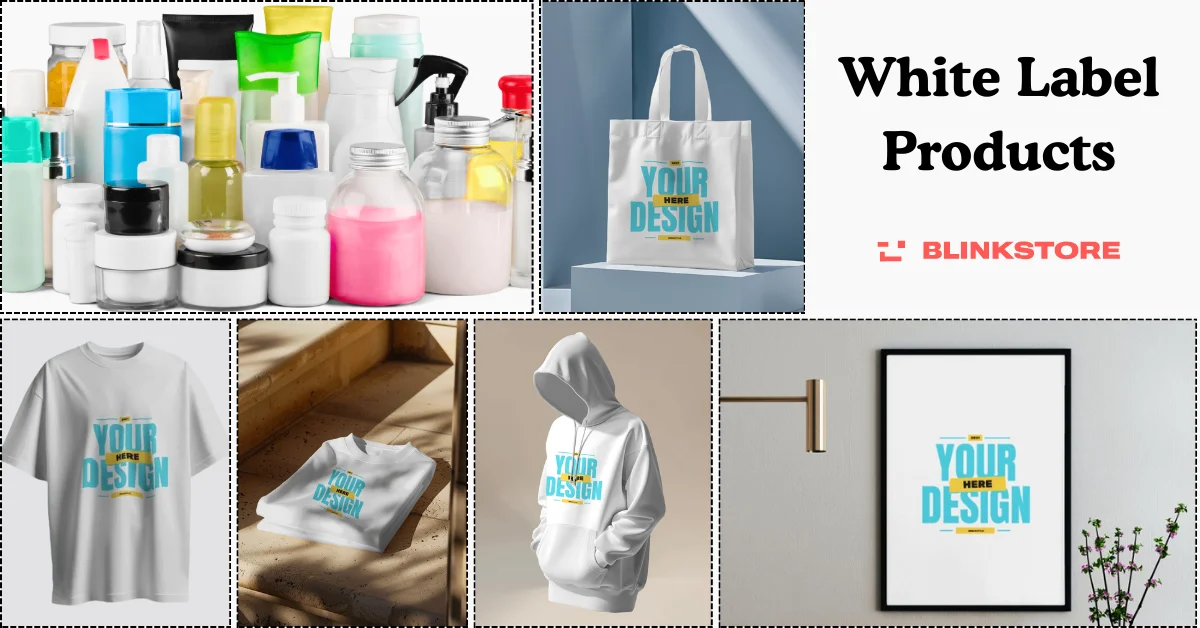In today’s fast-changing market, businesses need smart ways to grow their product range and stay ahead. One effective method is using white label products. This means you can take ready-made products and sell them under your own brand, saving time and money on development. From clothes to gadgets, white label products let you quickly expand your offerings and focus on marketing and building your brand. This guide will show you how white label products can boost your business and help you succeed.
Table of Contents
What is a White Label Product?
A White label product is a generic product produced by one company that can be rebranded and sold by another company as its own. This concept allows businesses like dropshipping and print-on-demand to utilize the manufacturing capabilities of third-party producers while focusing on branding, marketing, and sales. White label products are common in various industries, including food and beverages, cosmetics, electronics, and software.
Essentially, it means that a company purchases products from a manufacturer without any branding, adds its branding, and sells the products under its own name. This strategy enables businesses to quickly launch new products and expand their product lines with minimal investment in product development.
17 Best White Label Products to Sell
Choosing the right white label products to sell is crucial for business success. Here are some of the best white label product examples to consider:
1. T-Shirts
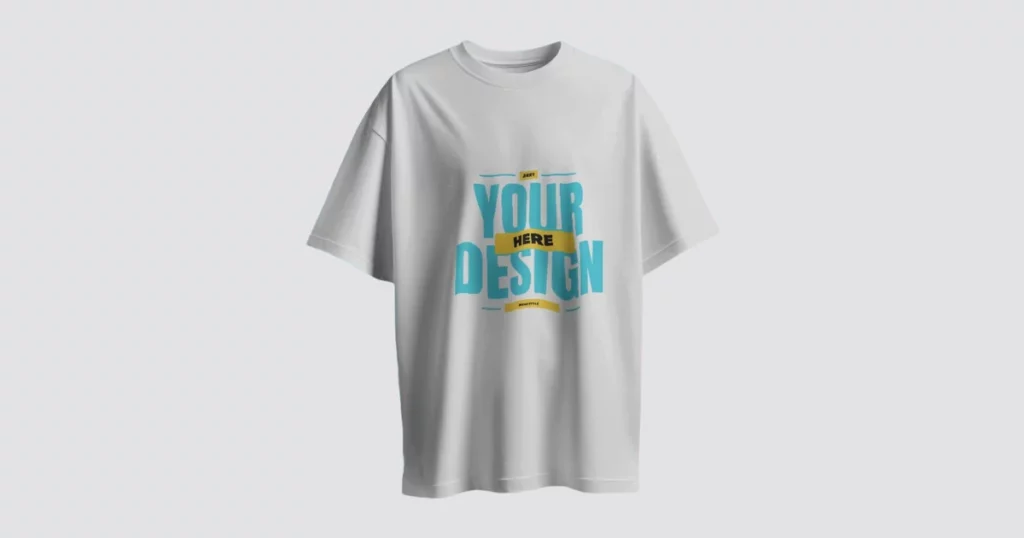
T-shirts are a versatile and popular choice for white labeling. They can be easily customized with various designs, logos, and messages, making them an excellent option for brands looking to create unique apparel. T-shirts appeal to a broad audience and can be sold in different styles, colors, and sizes.
2. Sweatshirts

Sweatshirts are another popular option for white labeling, especially in cooler climates. They can be customized with logos, designs, and messages, making them ideal for casual and sportswear collections. Sweatshirts appeal to a wide range of customers looking for comfort and style.
3. Kids T-Shirts

Similar to adult t-shirts, kids t-shirts offer a fantastic opportunity for white labeling. They can feature playful and vibrant designs that cater to children. Brands can create collections that appeal to parents looking for trendy and comfortable clothing for their kids.
4. Hoodies

Hoodies are a staple in casual and athleisure wear, making them a great choice for white labeling. They provide ample space for branding and can be customized with unique graphics and text. Hoodies are popular across various demographics and can be marketed for different seasons.
5. Tote Bags

Tote bags are practical and stylish accessories that can be easily white-labeled. They are perfect for everyday use, shopping, and promotional events. Customizing tote bags with eye-catching designs and slogans can attract a wide range of customers.
6. Water Bottles

With the increasing focus on sustainability, water bottles have become popular white label products. Brands can offer eco-friendly options made from stainless steel or BPA-free plastic. Custom designs and logos can make these water bottles stand out and appeal to environmentally conscious consumers.
7. Coffee Mugs
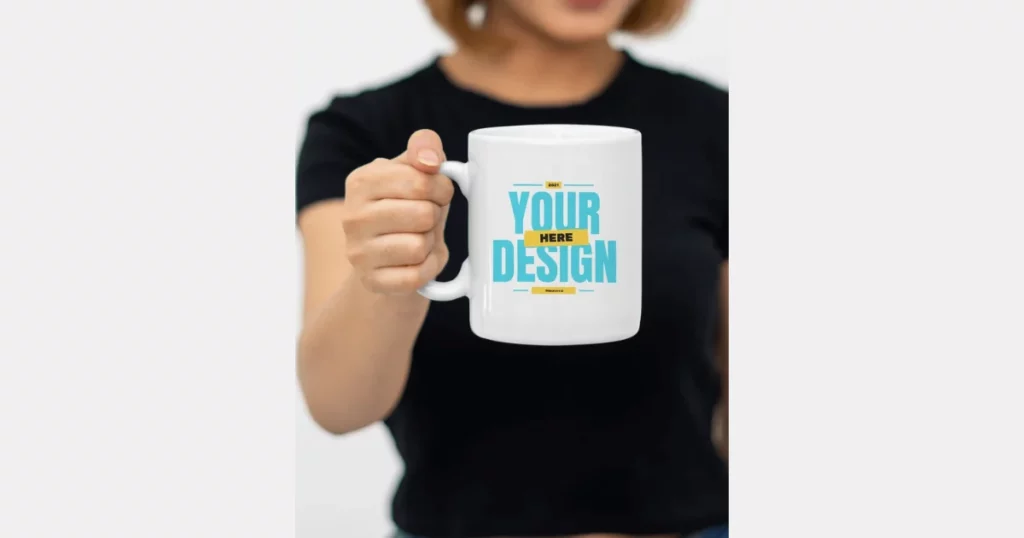
Coffee mugs are another excellent white label product due to their everyday utility and broad appeal. They can be customized with creative designs, quotes, or brand logos, making them ideal for promotional merchandise or retail sales.
8. Joggers
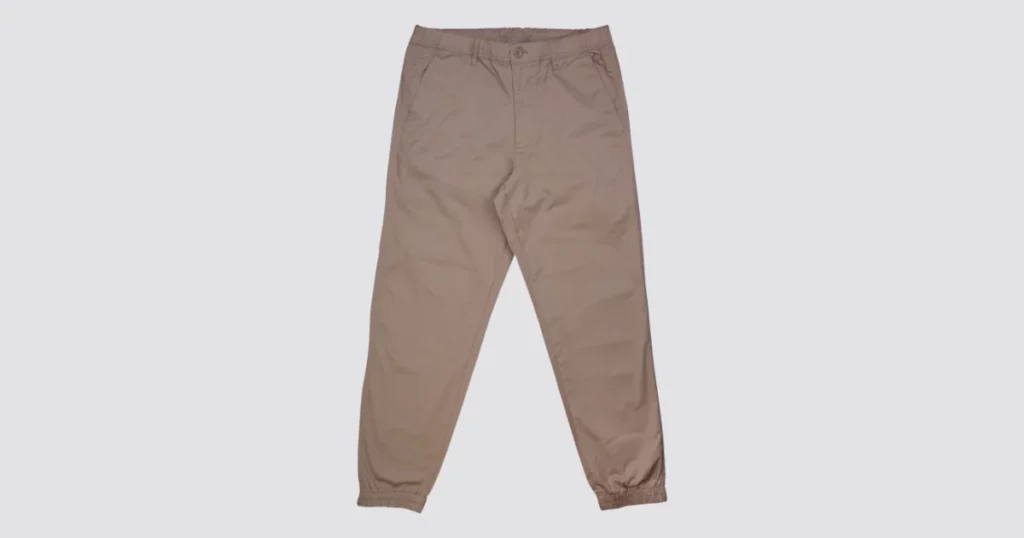
Joggers are a popular choice in the athleisure and casual wear market. They offer comfort and style, making them ideal for customization. Brands can create unique jogger designs that cater to fitness enthusiasts and those seeking comfortable yet trendy clothing.
9. Phone Covers

Phone covers are high-demand accessories that provide an excellent opportunity for white labeling. You can customize your phone covers with various designs, from minimalist to elaborate, catering to different tastes and preferences. Phone covers also offer protection, adding functionality to their appeal.
10. Wall Posters

Wall posters are great for home decor and can be easily white-labeled with various art prints, motivational quotes, or branding. They appeal to customers looking to personalize their living spaces with unique and stylish decor.
11. Photo Frames

Photo frames are timeless home decor items that can be customized with different materials, colors, and designs. They make for thoughtful gifts and can be marketed to a wide audience, including individuals looking to add a personal touch to their homes.
12. Notepads

Notepads are practical and often used daily, making them a perfect white label product. They can be customized with unique designs, logos, or inspirational quotes. Notepads are great for promotional giveaways, corporate branding, and retail sales.
13. Gaming and Mouse Pad

With the rise of gaming culture, gaming and mouse pads have become increasingly popular. These products can be customized with vibrant designs, gaming logos, or brand messages, appealing to gamers and tech enthusiasts. Their practicality and daily use make them a valuable addition to any white label product lineup.
14. Coasters

Coasters are small but impactful white label products. They can be customized with unique designs, logos, or messages and are perfect for home decor, promotional giveaways, or retail sales. Coasters are practical and can appeal to a wide audience, adding a touch of personalization to any setting.
15. Kid’s Rompers
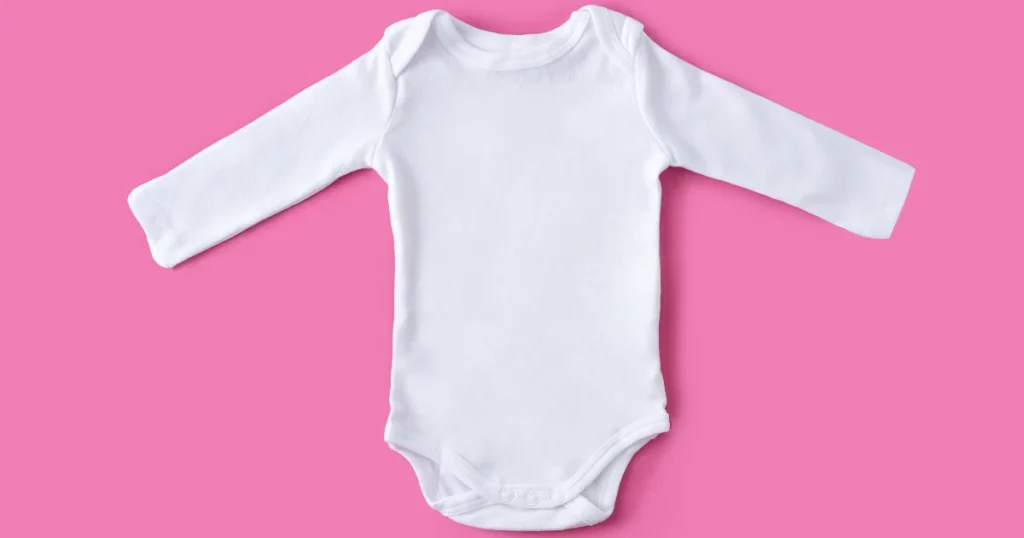
Kids’ rompers are practical and adorable clothing items perfect for white labeling. They can feature cute and colorful designs, appealing to parents looking for stylish and comfortable clothing for their little ones.
16. Pop Grips

Pop grips are popular accessories for mobile phones, offering both functionality and style. They can be customized with various designs and logos, making them a trendy and practical choice for white labeling.
17. Crop Tops

Crop tops are fashionable clothing items that can be easily white-labeled. They are popular among younger demographics and can be customized with unique designs, slogans, and logos, making them a stylish addition to any brand’s product lineup.
Advantages and Disadvantages of White Label Products
Advantages
1. Reduced Costs and Time: One of the primary advantages of white label products is the significant reduction in costs and time associated with product development. Companies can bypass the lengthy process of creating a product from scratch and instead focus on branding and marketing.
2. Scalability: White label products offer scalability, allowing businesses to quickly expand their product lines without the need for additional manufacturing facilities. This scalability is particularly beneficial for startups and small businesses looking to grow rapidly.
3. Brand Focus: By using white label products, companies can concentrate on building and promoting their brand. This focus on branding can lead to a stronger market presence and increased customer loyalty.
4. Diverse Product Range: Businesses can offer a diverse range of products by using white label products. This diversity can attract a broader customer base and meet various market demands.
5. Adaptibility: These products allow businesses to quickly adjust to market trends and customer preferences. Companies can easily change their product offerings based on feedback, helping them stay competitive.
6. Higher Profits: Since creating white label products is usually cheaper, companies can enjoy higher profit margins. By focusing on branding and marketing, businesses can get the most out of their investment and boost profitability.
Disadvantages
1. Lack of Control: One of the main disadvantages of white label products is the lack of control over the manufacturing process. Companies must rely on the manufacturer for product quality, consistency, and availability.
2. Brand Differentiation: Since multiple businesses can sell the same white label products, differentiating the brand becomes challenging. Companies need to invest heavily in branding and marketing to stand out from competitors.
3. Dependence on Supplier: Businesses using white label products are dependent on their suppliers for product availability and quality. Any issues with the supplier can directly impact the business.
4. Limited Customization: White label products often come with limited customization options, restricting the ability to tailor products to specific customer needs or preferences.
Difference Between White Label and Private Label

The terms “white label” and “private label” are often used interchangeably, but they have distinct differences.
White Label: White label products are generic products manufactured by one company and sold by multiple companies under their respective brands. The primary focus is on rebranding and marketing the product.
Private Label: Private label products are exclusive products created for a specific retailer or company. The manufacturer produces the product according to the retailer’s specifications, and the product is sold exclusively by that retailer.
The main difference between private label and white label products lies in exclusivity. White label products are available to multiple sellers, while private label products are exclusive to one retailer.
Also Read: Dropshipping vs Private Label: Which Model is Best For You
How to White Label Your Products
If you are a manufacturer looking to offer white label products in India, here are the steps to follow:
Step1. Identify Your Market and Product
Start by researching to find a niche where people need white-label products. Decide what kind of product you want to offer, like clothing, accessories, or home decor. Research your customer’s interest and their way to shop. This helps you choose the right product and design.
Step2. Find a Reliable Supplier
Next, find a trustworthy supplier that offers white-labeling services. Look for suppliers with good reviews, quality products, and fair prices. You can find them online, at trade shows, or in industry directories. Contact several suppliers to compare their offers and ask for samples to check the product quality.
Step3. Design Your Brand Elements
Create your branding materials, including your logo, product labels, and packaging. Ensure your designs are professional and represent your brand well. If needed, hire a graphic designer to help with the design process.
Step4. Negotiate Terms and Customize Products
Discuss and finalize terms with your supplier, including minimum order quantities, prices, production times, and shipping details. Understand their return and quality control policies. Provide your designs and specific instructions to customize the products to match your brand, such as adding your logo or choosing specific colors.
Step5. Place Your Order and Perform Quality Control
After finalizing designs and terms, place your order with the supplier. Once your order arrives, thoroughly check the products for defects, verify the branding, and test the functionality if necessary. Report any quality issues to the supplier immediately.
Step6. Set Up Sales Channels and Launch Marketing Campaign
Set up your sales platforms, such as an online store, e-commerce platforms, or physical retail locations. Ensure these channels are customer-friendly with clear product descriptions, quality images, and easy navigation. Promote your products with a marketing campaign using social media, email marketing, influencer partnerships, and paid ads.
Step7. Monitor and Optimize
Keep an eye on your product’s performance after launch. Monitor sales and customer responses. Make informed decisions on advertising strategies, product enhancements, and inventory management with the help of this data. Make constant improvements to your strategy to increase revenue and client pleasure.
How to Sell White Label Products
Selling white label products involves several key steps to ensure success:
1. Market Research:
Conduct thorough market research to identify popular products and trends, understand your target audience’s preferences, and analyze your competitors’ strategies. This helps you make informed decisions about which products to sell and how to market them effectively.
2. Choose Reliable Supplier:
Select a reputable supplier who offers high-quality products. Evaluate the supplier’s reliability by checking reviews and certifications, requesting samples, and negotiating terms such as pricing, order quantities, and delivery schedules.
3. Branding and Packaging:
Develop a strong brand identity with a memorable logo, color scheme, and brand voice. Invest in attractive and unique packaging that reflects your brand and includes informative product labels to make a positive impression on customers.
4. Create an Online Store:
Build an easy-to-navigate online store using an e-commerce platform like Blinkstore, Shopify or WooCommerce. Ensure your website is mobile-friendly, includes detailed product descriptions, and uses high-quality images to showcase your products.
5. Marketing strategy:
Promote your products through social media, email marketing, SEO, and paid advertising. Use engaging content, collaborate with influencers, and target specific demographics to reach a broader audience and drive sales.
6. Customer Service:
Provide excellent customer service by responding quickly to inquiries, handling returns efficiently, and gathering customer feedback. Good customer service builds trust, encourages repeat business, and helps you improve your products and services.
7. Monitor Performance:
Regularly track your sales data and analyze customer behavior using analytics tools. Use this information to adjust your marketing and sales strategies, improve the user experience on your website, and increase conversions.
How to Create White Label Products with Blinkstore
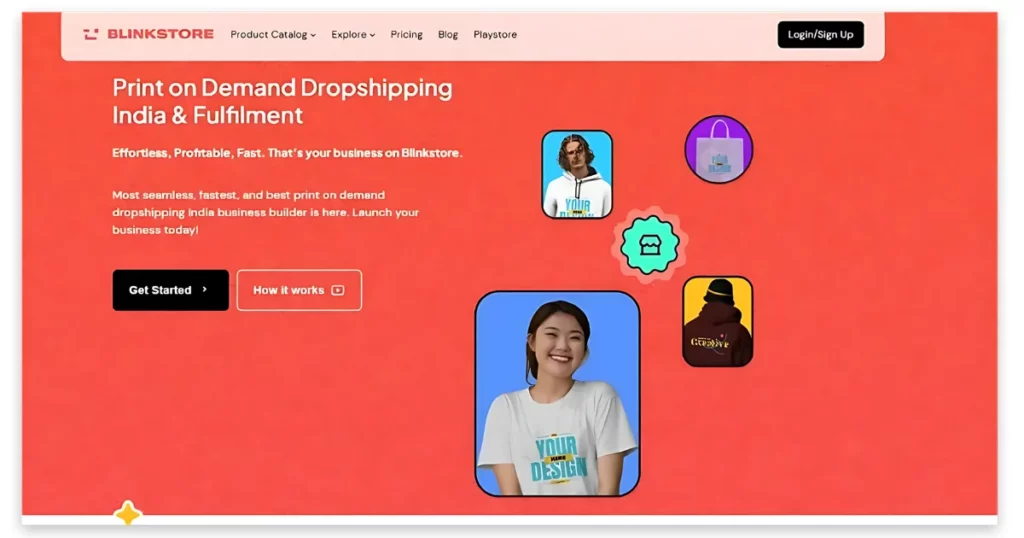
Blinkstore is a platform that simplifies the process of creating and selling white label products. Here’s how to create white label products with Blinkstore:
Step 1: Sign Up
Visit the seller.Blinkstore.in website and sign up to create an account. You will need to provide necessary details such as your business name, contact information, and any other required information to set up your profile. This account will be your primary interface for managing your white label products.
Step 2: Choose Your White Label Product
Browse through Blinkstore’s extensive catalog of white label products. The platform offers a variety of items such as t-shirts, hoodies, tote bags, water bottles, and 50 more products. Select the products you wish to white label and add them to your inventory. Ensure that the products you choose align with your brand and target market.
Step 3: Design Your Products
After selecting your products, use Blinkstore’s design tools to create unique designs for each item. You can choose from various templates or create your designs from scratch, ensuring that they reflect your brand’s personality and resonate with your audience.
Step 4: Customize Your Branding
Use Blinkstore’s customization tools to add your branding elements to the selected products. This includes uploading your logo, choosing a color scheme, and designing packaging that reflects your brand identity. Make sure your branding is consistent across all products to create a cohesive brand image.
Step 5: Set Your Prices
Decide the white label products’ price. Consider factors including product costs, target profit margins, and market pricing competition. Blinkstore’s platform makes it simple to set and modify prices. Make sure your pricing plan is both beneficial and competitive.
Step 6: Promote Your Products
Utilize Blinkstore’s marketing tools to promote your white label products. Develop a comprehensive marketing strategy that includes social media campaigns, email marketing, influencer partnerships, and search engine optimization (SEO). Regularly engage with your target audience to build brand awareness and drive sales.
Also Read: Best Ways to Promote Your Business Online in 2024
Summing Up
White-label products are a great way for businesses to add new items to their lineup without spending a lot of money upfront. By learning about the benefits and challenges of white labeling and choosing the right white label product ideas, you can make smart decisions that fit your business goals. This approach lets you concentrate on branding and marketing, which are key to growing your business. To succeed with white-label products, do thorough market research, build strong supplier relationships, and create a strong brand. With these steps, white-label products can help your business grow and attract loyal customers in a competitive market.
FAQs on White Label Products
What is a white label product?
A White label product is a generic product produced by one company that can be rebranded and sold by another company under its own brand name.
How to sell white label products?
Create an online store, develop a strong brand identity, use effective marketing strategies, provide excellent customer service, and monitor performance to make informed decisions.
How can I ensure the quality of white label products?
Partner with reliable suppliers, request product samples, and establish clear quality standards and agreements with your suppliers.
What are some popular white label products to sell?
Popular white label products include t-shirts, hoodies, tote bags, water bottles, coffee mugs, joggers, phone covers, wall posters, photo frames, notepads, and gaming and mouse pads.
Read more
- Ultimate Dropshipping Guide: 9 Proven Steps to Success
- 80 Best Hoodie Design Ideas for Making Custom Hoodies
- Top 20+ Dropshipping Websites in India (2024)
- 18 Reliable Clothing Dropshipping Suppliers India in 2024
- 25+ Best Dropshipping Suppliers in India 2024
- 100+ Best Dropshipping Products in India (2024)
- 25 Best Unique Business Ideas to Start Your Business in 2024
